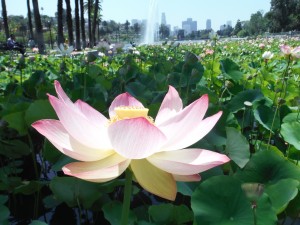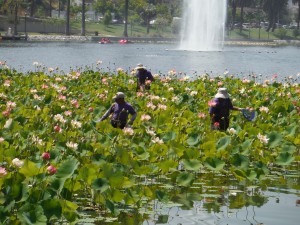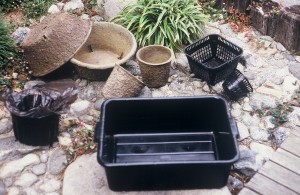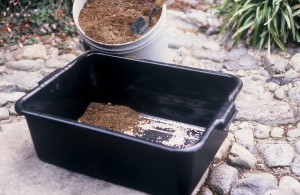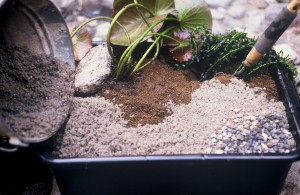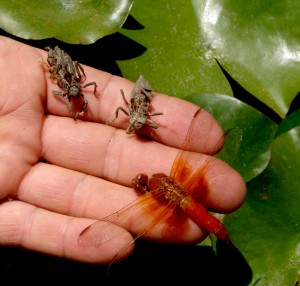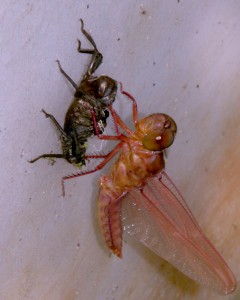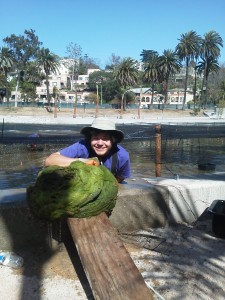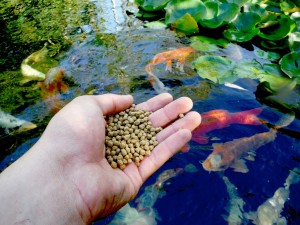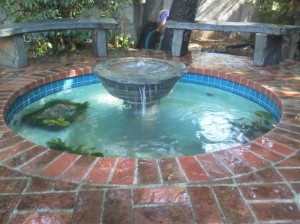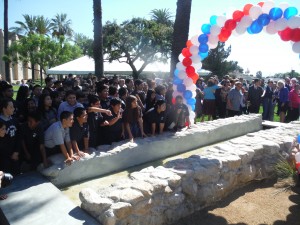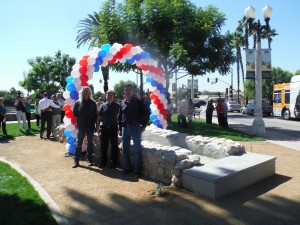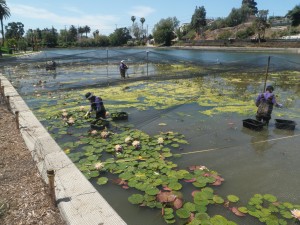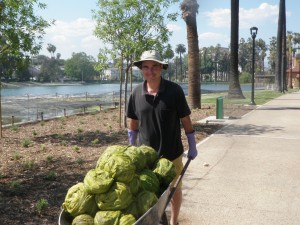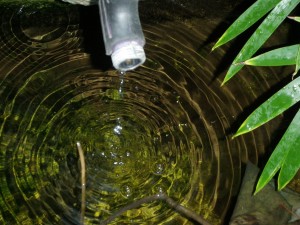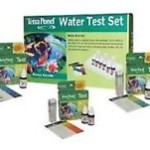
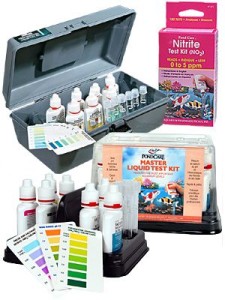 The water quality of your pond is important for the health and well being of your fish, plants and the overall eco-system. There are many ways and reasons to test your water. If for instance a chemical is spilled into the water, that chemical needs to be tested for specifically.
The water quality of your pond is important for the health and well being of your fish, plants and the overall eco-system. There are many ways and reasons to test your water. If for instance a chemical is spilled into the water, that chemical needs to be tested for specifically.
The normal and basic naturally occurring chemical levels in your water that you would test for are as follows: Ammonia, Nitrites, Nitrates, Hardness, Chlorine, Chloramine, Alkalinity, and pH. (There are many testing kits on the market, as pictured to the left)
Each of these can have a different possible reasons for taking place, and individual causes. For example: a factor such as having a high level of ammonia is very harmful to your fish, and it will damage to their gills, making it difficult for them to breathe; it will stress them out, and even possibly cause death. Once you have evaluated each of these above items, a possible solution can be found to solve problems that are occurring or even prevent them from occurring in the first place.
We recommend testing for these basic levels when drastic changes take place in your pond, anticipating a potential problem, as well as identifying an already existing problem. Knowing and monitoring all of these naturally occurring levels will help you to have a successful and healthy eco-system and pond.
